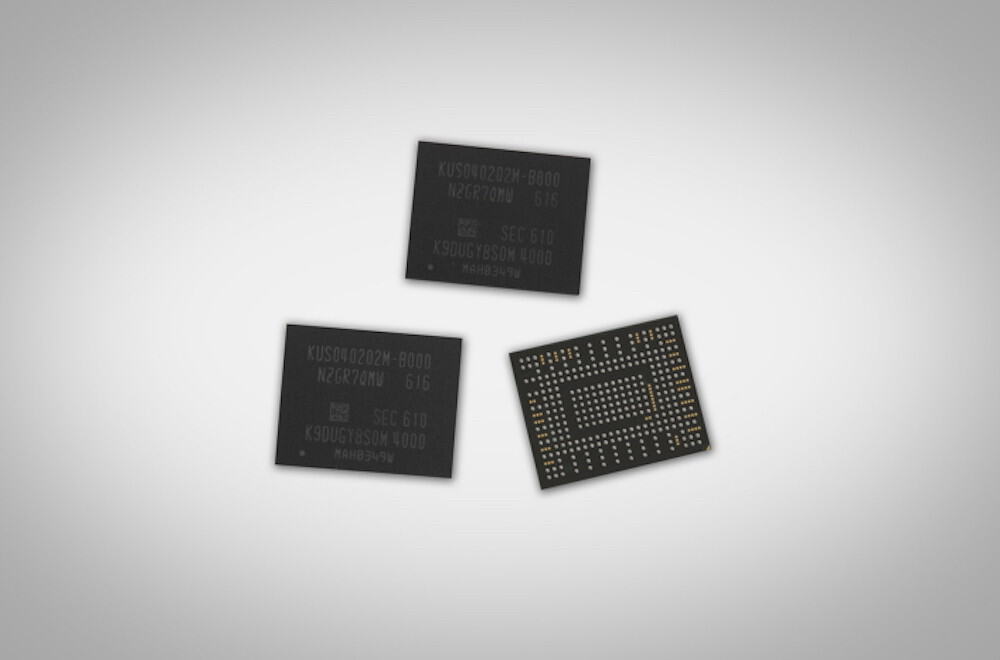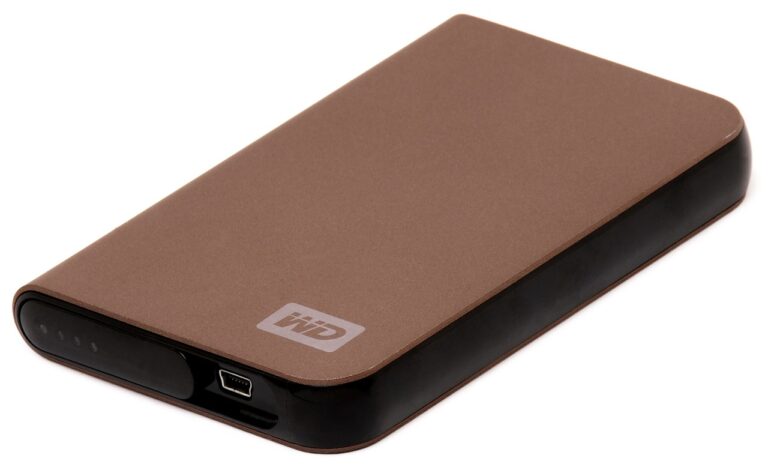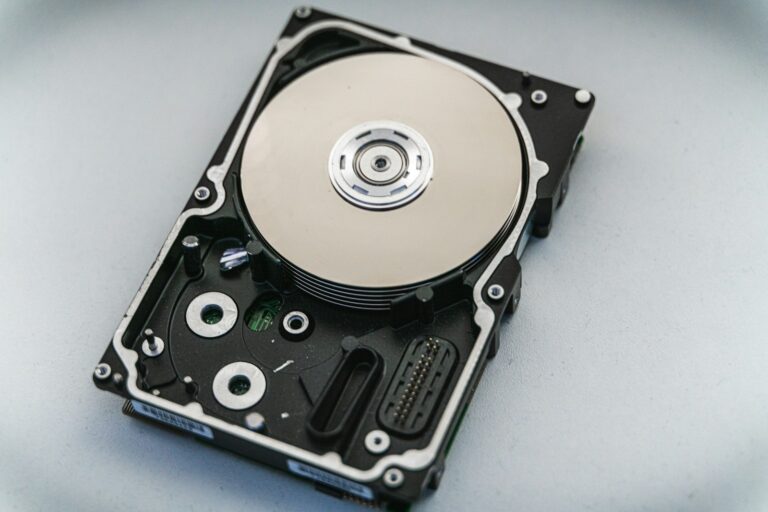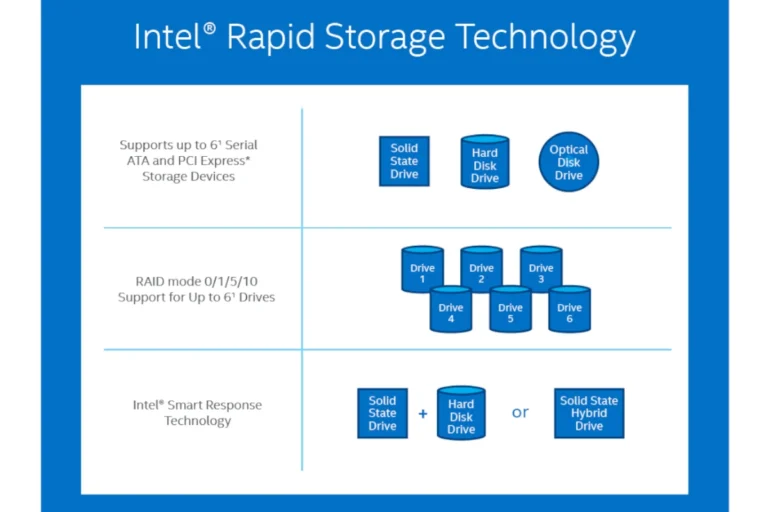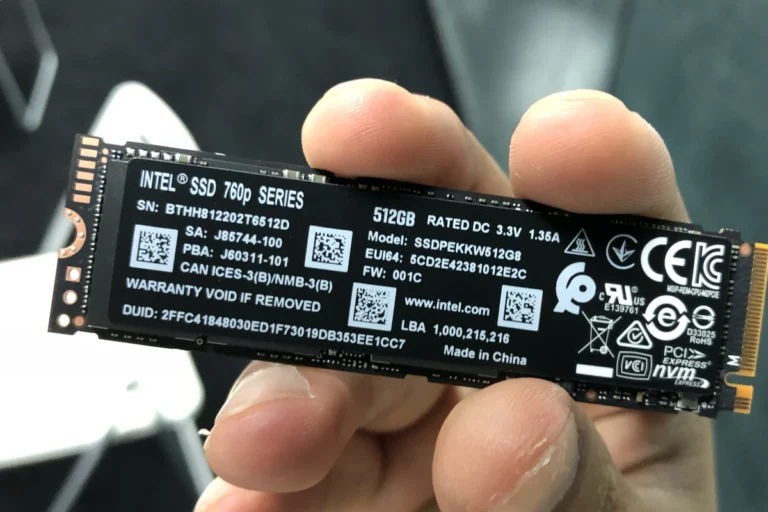When choosing between storage options for electronic devices, it’s essential to understand the different types available and how they can affect the performance and usability of our gadgets. eMMC, which stands for Embedded MultiMediaCard, and SSD, short for Solid State Drive, are two common types of storage, each with its unique advantages. eMMC is a type of flash storage integrated into devices’ motherboards, often found in budget laptops, tablets, and phones, offering a compact and cost-efficient solution for storage needs. On the other hand, SSDs replace traditional mechanical hard drives with flash memory and are known for their faster data access speeds, reliability, and overall performance boost for computers and other tech.
NVMe, which stands for Non-Volatile Memory Express, is a newer protocol used to access high-speed storage media, and it is usually found in the form of NVMe SSDs. These drives are particularly recognized for their impressive read/write speeds, which surpass both eMMC and standard SSDs. This makes them ideal for demanding applications and workloads that require quick data transfer and short loading times. Due to the difference in technology and performance levels, NVMe SSDs are the preferred choice for high-end computing environments and consumers who require top-tier performance.
eMMC, SSD, and NVMe Storage Technologies
| Feature | eMMC (Embedded MultiMediaCard) | SSD (Solid-State Drive) | NVMe (Non-Volatile Memory Express) |
|---|---|---|---|
| Interface | Parallel or Serial (slower) | SATA III (faster) | PCIe (fastest) |
| Speed | Read: Up to ~400 MB/s <br> Write: Up to ~150 MB/s | Read: Up to ~550 MB/s <br> Write: Up to ~520 MB/s | Read: Up to ~3500 MB/s (PCIe 3.0), Up to ~7000 MB/s (PCIe 4.0) <br> Write: Up to ~3000 MB/s (PCIe 3.0), Up to ~5000 MB/s (PCIe 4.0) |
| Form Factor | Chip soldered directly to motherboard | 2.5-inch drive, M.2 card | M.2 card |
| Typical Use Cases | Budget laptops, tablets, smartphones | Laptops, desktops, mainstream storage | High-performance desktops, workstations, gaming PCs |
| Cost | Least expensive | Mid-range | Most expensive |
Key Points:
- Speed: NVMe drives are the clear winner in terms of raw speed, thanks to the PCIe interface.
- Form Factor: eMMC is the most compact, while NVMe and SSD offer variations in size.
- Cost vs. Performance: eMMC is the most affordable; NVMe is the most performant but also the priciest. SSDs offer a good balance.
Choosing the Right Storage:
- Budget-focused devices: eMMC is sufficient.
- Mainstream computing: SSDs offer a significant performance boost.
- Demanding tasks (gaming, video editing, etc.): NVMe provides the maximum speed advantage.
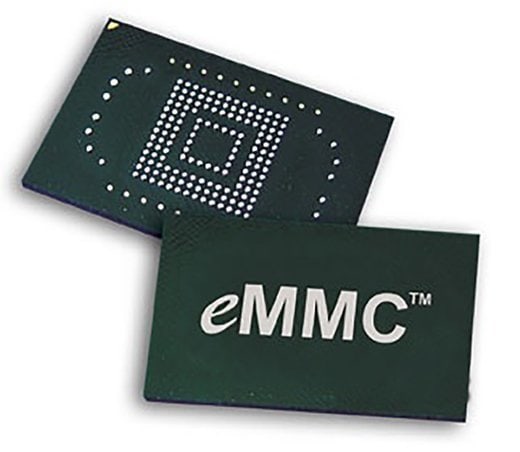
Key Takeaways
- eMMC is cost-efficient and integrated, suitable for basic storage.
- SSDs are faster than eMMCs and improve device performance.
- NVMe SSDs provide the highest speeds for demanding workloads.
Understanding Storage Technologies
Storage technologies have significantly progressed, impacting how we store and access our data. This section dives into how storage has evolved, how eMMC and SSDs compare, and where NVMe SSDs stand in terms of speed and performance.
Storage Device Evolution and Types
Storage devices are crucial for data retention. Early storage relied on magnetic tapes and moving parts as seen in traditional hard drives. These have given way to solid-state drives (SSDs) and embedded multimedia cards (eMMC), both of which use NAND flash memory. SSDs quickly became popular in laptops and computers, offering durability and speed. eMMC is commonly found in budget-friendly devices like smartphones and tablets.
Comparing eMMC and SSD Storage
eMMC and SSD storage options have overlaps but serve different needs. eMMC, short for embedded MultiMediaCard, is a form of flash storage embedded into devices. It’s compact and provides a cost-effective solution that meets the basic requirements of portable devices.
SSDs, on the other hand, offer a significant upgrade in speed and capacity over eMMC. Unlike eMMC’s soldered design, SSDs usually come as modules that can be added or replaced.
Key Comparisons:
- Speed: SSDs offer higher transfer speeds.
- Cost: eMMC tends to be less costly.
- Capacity: SSDs have more storage capacity options.
- Durability: SSDs have better longevity.
NVMe SSDs: Speed and Performance
NVMe stands for Non-Volatile Memory Express. These SSDs are high performance, maximizing the capabilities of solid-state NAND flash memory. Unlike their SSD and eMMC counterparts, NVMe drives use the PCIe interface, which helps them reach higher read and write speeds suitable for intensive tasks and applications. This performance comes at a higher cost compared to both eMMC and traditional SSDs, making NVMe drives the top-tier option for users needing superior performance.
Performace Aspects:
- Transfer Speeds: NVMe can achieve read/write speeds several times higher than eMMC.
- PCIe Interface: Direct CPU connection boosts data processing efficiency.
- Capacity Options: Available in a range of sizes for various user needs.
Specific Considerations for Different Uses
When choosing between eMMC, SSD, and NVMe storage options, it’s essential to consider the specific applications and devices you’re dealing with. Usage patterns, device types, and performance needs play a pivotal role in determining the right type of storage.
Choosing Storage for Gadgets and PCs
For typical gadgets like smartphones and budget laptops, eMMC offers an affordable and compact storage solution. It’s built into the device’s motherboard, providing a space-saving design ideal for light use cases such as web browsing and basic apps. In contrast, PCs and power users can benefit from the faster read and write speeds of SSDs. These speeds enable efficient multitasking and handling of demanding tasks like video editing. M.2 slot SSDs, such as NVMe, in particular, take advantage of PCIe interface technology found on modern motherboards, offering top-tier speed for desktops and high-end laptops.
Gaming, Productivity, and Budget Concerns
For gaming and productivity, SSDs, especially NVMe type, provide a significant performance advantage with their quick load times and rapid data transfer rates, enhancing user experience. Gamers and professionals involved in heavy-duty tasks such as 3D rendering or cloud storage will find the investment in NVMe SSDs worthwhile for their speed and responsiveness. On a budget, however, one might consider SATA SSDs as they deliver better performance than eMMCs without straining expenses. Budget-friendly options often offer a balance between cost and speed, making them suitable for less intensive gaming and general productivity tasks.
Reliability, Lifespan, and Form Factors
Durability and lifespan are critical for long-term storage reliability. SSDs and NVMe drives typically feature greater longevity than eMMCs due to their higher quality components. Those looking for sustainable investment in their storage would favor SSDs or NVMe over eMMC. The form factor also varies, where eMMC is non-upgradable and soldered directly to the device, while SSDs offer flexibility with replaceable options like the 2.5-inch drives for desktops or M.2 sticks for laptops. Energy efficiency is another factor, with SSD and NVMe drives generally consuming less power than traditional hard drives, leading to better battery life in portable devices.
Frequently Asked Questions
This section answers common queries about eMMC, SSD, and NVMe storage options, focusing on performance, durability, and cost.
What are the primary differences in performance between eMMC and SSD storage?
eMMC stands for embedded MultiMediaCard. It is a type of flash storage commonly found in smaller devices like smartphones and budget laptops. It provides reasonable performance for everyday tasks. SSDs, or Solid-State Drives, are faster than eMMCs. They use NAND flash memory but have higher transfer speeds and are better suited for demanding applications.
How do NVMe SSDs compare to traditional SATA SSDs in terms of speed and efficiency?
NVMe SSDs use the PCIe interface which surpasses the older SATA connection in speed. NVMe drives achieve speeds several times faster than SATA SSDs. This makes them highly efficient for tasks that need quick data access.
What are the durability and lifespan considerations when comparing eMMC and SSD?
SSDs are often more robust than eMMCs. They are built for more write cycles, which means they can last longer under heavy use. Meanwhile, eMMCs have a more limited lifespan and are best for lighter use.
Can eMMC storage be upgraded to an SSD or NVMe SSD in most devices?
Most devices with eMMC storage are not designed for upgrades. This is because eMMC is usually soldered to the device’s motherboard. Upgrading to an SSD or NVMe SSD typically requires a compatible slot on the device’s motherboard.
How does the cost-effectiveness of eMMC compare to SSD and NVMe solutions?
eMMC is a cost-effective solution providing sufficient performance for basic computing needs. SSDs and NVMe SSDs are often more expensive. However, they offer faster performance which may justify the cost for users requiring higher speed.
What are the physical size and form factor differences among eMMC, SSD, and NVMe storage options?
eMMC is small and often integrated into the device’s motherboard. SSDs come in various sizes, with 2.5-inch being common for desktops and laptops. NVMe SSDs are often found in the M.2 form factor. This is compact and designed for modern, high-performance computers.

